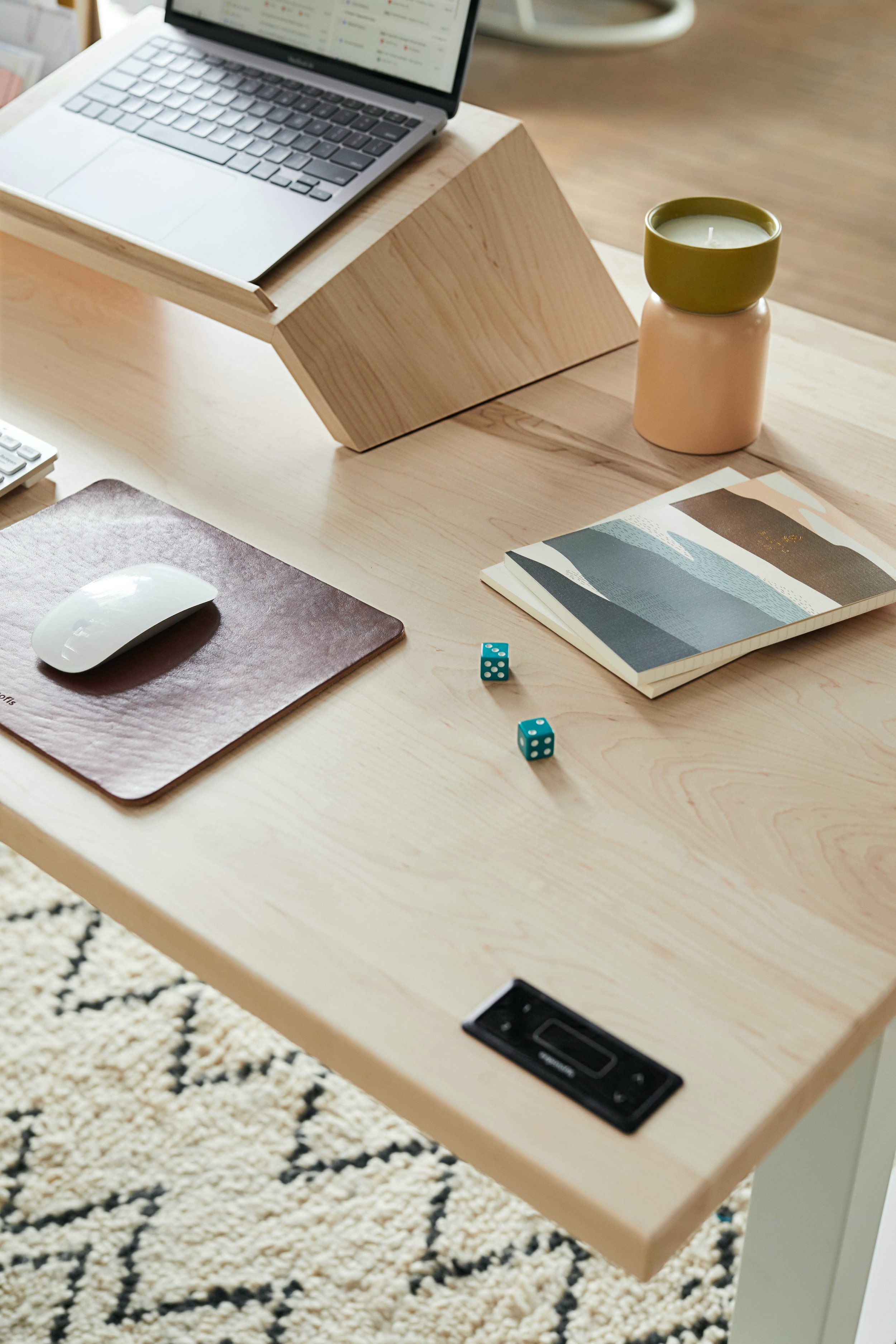How to Work With A Website Designer
Whether you are preparing documents for a website designer or trying to organize your workflow so you can design your own website, here are some simple steps to help you through the website design process!
Branding
Investing in your branding is an important step to your website design. It’ll guide you on what colors to choose, fonts to integrate, and take much of the guesswork out of things. Branding will help establish much of the identity and feel of your website.
If you are working with a designer, having your branding figured out prior to starting the designer search is a great start. That way when you find your perfect it, your designer will already have parameters to work by.
BRANDING BONUS: As a designer, these are general branding files I recommend:
Logos as .pngs and .jpgs (hi-res (300 dip), low res (72 dpi), and social media formatted file version)
Files for all fonts used
Any color used in Hex code
Copy/Website Content
Copy is very important for the tone of your website. Are you going for something intimate, elegant, or professional? What I the overall voice of your website? Who are you targeting?
This step can be intimidating because where do you even begin? Don’t get too overwhelmed by the process, think of copy as segments, words to guide your viewer through your site. Keep things minimalistic and the point by thinking in key phrases. You aren’t trying to write a novel, you are just trying to capture someones eye and to get them interested in what your site has to offer!
If you are feeling super stuck on copy, consider a copywriter. They will help guide you through the process in a more organic manner. Organic tone is key!
Here are my top segments every website should have:
Mission statement
About you/ what your site is
Phrases to guide someone to your contact
A short contact blurb. Most websites auto-generate this but this isn’t a time to be basic. this is a time to make your site feel like you. How do you talk, what feels the most organic to you?
Testimonials! If you are creating a service based website, get a few testimonials. They innately provide brand confidence and give an extra voice for your viewer to tap into. You don’t need a ton, 5-7 to sprinkled throughout your site will do.
e-Commerce
If you are with a designer to start a e-Commerce store, make sure to have a short paragraph about your product.
Product listings: like dimensions, weight, price, color variation, etc
Photography
The images you use on your site make a huge impact on how your site is seen and felt. The best-case scenario is that your site is full of your own imagery/artwork/products. It gives personality and charm to your site without it feeling cookie cutter because it is YOU!
I get it, sometimes having professional photos shot for your website can be difficult. If you have to go down the stock photo route, think about the vibe, emotion, tones are you going for and pick images that are consistent. Look for photography that matches your branding and overall website goal. Use keyword searches to your advantage. Here is an article on my top 5 stock photo websites and happy image hunting!
PHOTOGRAPHY BONUS: Make sure to have a good selection of landscape (horizontal) images for banners and portrait (verticle) images to add flow to your site.
For banners, keep things pretty minimalist, especially if the goal is to have text overlay on the image.
Think of images as moments of breath/rest for your website.
Map Things Out
If you are feeling super confident and want to map our your website, by all mean, definitely draft out your website.
Think of your main navigation segments and storyboard your website. If you are working with a designer, this can be super helpful in guiding them through your project.
Legal Documents
Disclaimer: I am NOT a lawyer and can not offer you legal advice. Please seek the advice of a professional lawyer regarding your website's legal requirements.
Don’t forget about terms, conditions, and privacy policy. If you are selling goods also come up with frequently asked questions. I strongly advise you to get proper legal documents for your website. This does NOT mean copying someone else’s documents, it’s worth investing in a lawyer or to purchase a template from a company that specializes in templates for online businesses
Privacy policies disclose how your website gathers, uses and manages a customer or client data. This document is essential in communicating to your visitors what their personal information is required for and how it will be processed.
Here are some Privacy Policy Recommendations: getterms.io, freeprivacypolicy.com
Here is a free privacy policy that is GDPR compliant: stuffandnonsense.co.uk/projects/protection-racket
Terms and Conditions for a website are rules which your visitors are asked to agree to in order to use your website. These rules protect you legally for technical problems and errors with your website, especially ones out of your control
If you sell a service, product or offer advice on your website you will want to protect yourself by investing in a terms and conditions document.
Here is a Terms & Conditions online generator: termsandconditionsgenerator.com
Here are some places you can purchase templates from that are all reputable: thecontractshop.com, disclaimertemplate.com
That’s it, these are my 5 ways to prepare for your website project! I hope these tips are helpful and get you more comfortable with the website design process.










